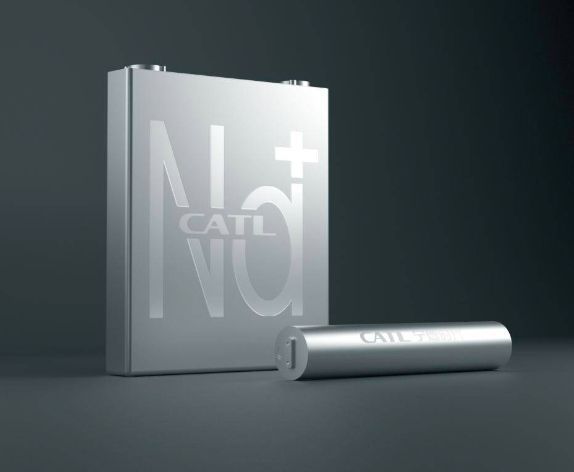Sodium-ion battery (Na-ion battery) is a type of rechargeable battery that uses sodium ions as the charge carriers. Similar to lithium-ion batteries, which are widely used in portable electronics and electric vehicles, sodium-ion batteries store and release energy through the movement of ions between positive and negative electrodes during charging and discharging cycles.
In a sodium-ion battery, the positive electrode (cathode) typically consists of a material capable of intercalating sodium ions, such as sodium transition metal oxides or polyanionic compounds. The negative electrode (anode) is usually made of materials that can reversibly alloy with sodium, such as carbon or metal alloys.

Advantages of sodium ion battery:
1. Abundance and Accessibility: Unlike lithium, which is relatively scarce and often concentrated in geopolitically sensitive regions, sodium is abundant and widely distributed across the Earth’s crust. This abundance translates into a more sustainable and accessible resource for battery production, potentially mitigating concerns regarding resource depletion and geopolitical tensions.
2. Cost-Effectiveness: Leveraging the ubiquity of sodium, sodium-ion batteries hold the promise of being more cost-effective than lithium-ion batteries. With lower raw material costs and a potentially simplified supply chain, sodium-ion batteries could pave the way for more affordable energy storage solutions, making renewable energy more accessible to a broader population.
3. Safety and Stability: Safety concerns have long plagued lithium-ion batteries, with incidents of thermal runaway and fire hazards raising alarms. Sodium-ion batteries offer a safer alternative, characterized by better thermal stability and reduced risk of combustion. This enhanced safety profile not only protects users and property but also instills confidence in deploying large-scale energy storage systems.
4. Compatibility and Scalability: Sodium-ion batteries share similarities with lithium-ion batteries in terms of electrochemistry, allowing for seamless integration into existing manufacturing processes and infrastructure. This compatibility enables the adaptation of current battery manufacturing facilities to produce sodium-ion batteries, facilitating a smoother transition to this emerging technology. Moreover, sodium-ion batteries can be scaled up to meet the growing demands of various applications, from portable electronics to electric vehicles and grid-level energy storage.
5. Environmental Sustainability: With a focus on sustainability becoming increasingly imperative, sodium-ion batteries offer environmental benefits over their lithium-ion counterparts. Harnessing a more abundant and less environmentally impactful resource, sodium-ion batteries align with the goals of reducing carbon emissions and promoting a greener future. Furthermore, advancements in recycling technologies promise to further enhance the sustainability of sodium-ion batteries, minimizing waste and maximizing resource efficiency.
6. Performance Potential: While sodium-ion batteries are still in the early stages of development, recent research has showcased significant strides in improving their performance metrics. Innovations in electrode materials and electrolyte compositions have led to enhanced energy density, cycle life, and overall efficiency. As these advancements continue, sodium-ion batteries are poised to rival lithium-ion batteries in terms of performance while offering the aforementioned advantages.
Sodium-ion batteries have garnered significant interest as potential alternatives to lithium ion battery due to the abundance and low cost of sodium compared to lithium. They have the potential to be used in large-scale energy storage applications, such as grid storage for renewable energy sources like solar and wind power, as well as in electric vehicles and portable electronics. However, the development of high-performance sodium-ion battery technologies is still ongoing, with researchers working to improve their energy density, cycling stability, and overall performance.
